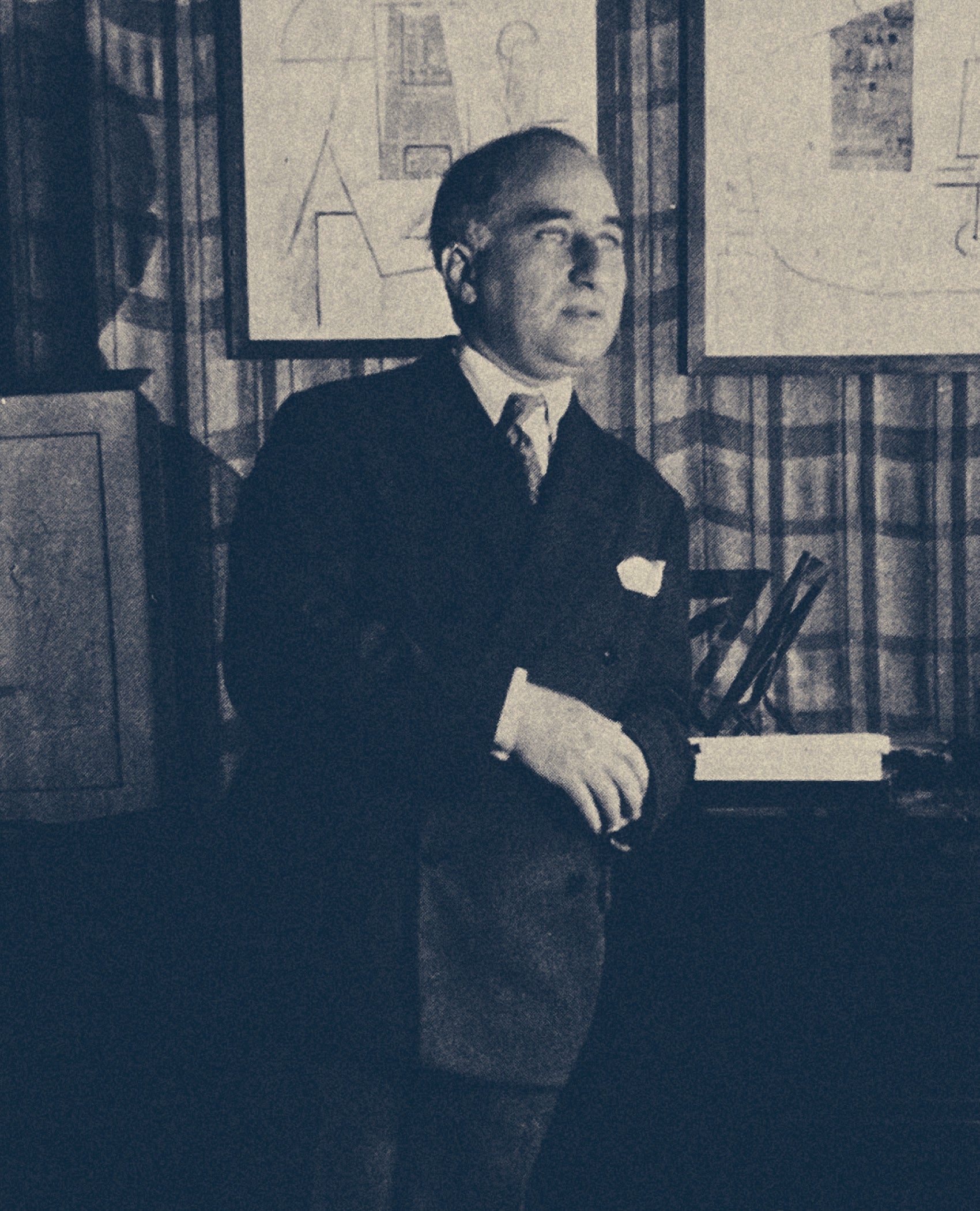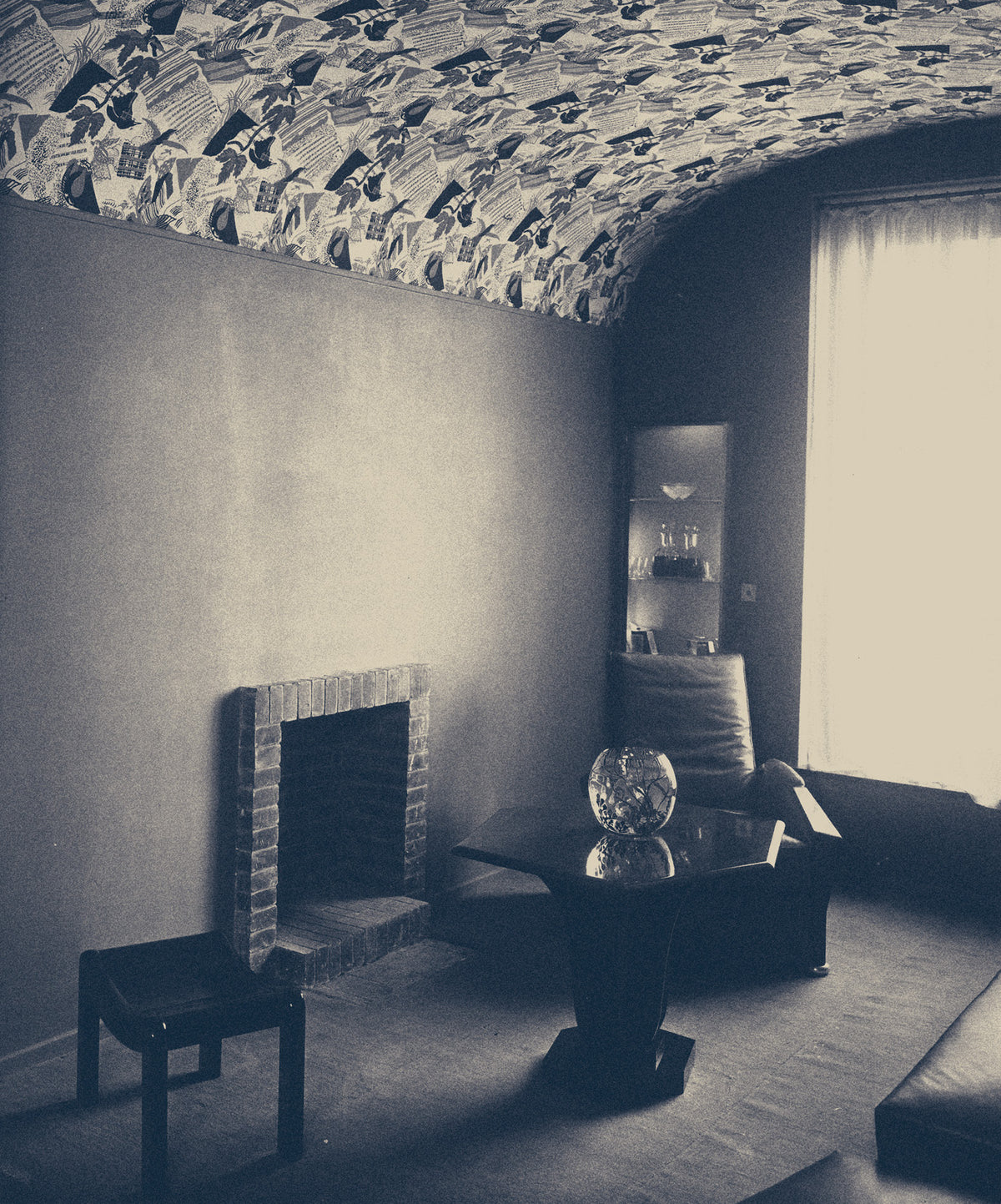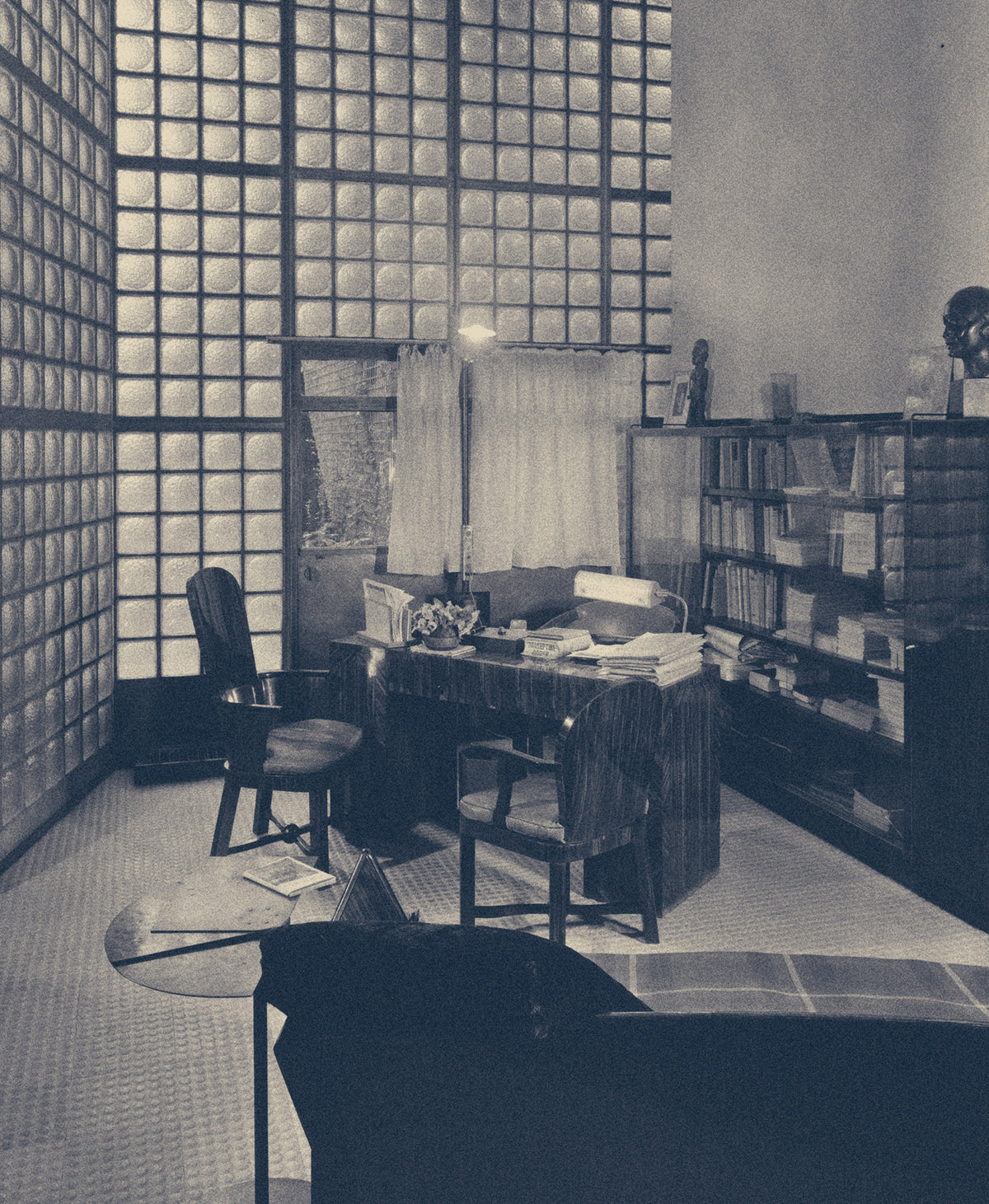
1924
Chareau developped a set design for Marcel L'Herbier’s film L'Inhumaine.
1920s
Pierre Chareau received numerous interior design commissions from a primarily elite clientele.
1928 - 1931
In collaboration with Bernard Bijvoët, Chareau designed his masterpiece, the Maison de Verre.
1947
Chareau moved to the United States and designed the studio-home of American painter Robert Motherwell in East Hampton, Long Island.



1883 - 1950
Pierre Chareau
Pierre Chareau
1924
Chareau developped a set design for Marcel L'Herbier’s film L'Inhumaine.
1920s
Pierre Chareau received numerous interior design commissions from a primarily elite clientele.
1928 - 1931
In collaboration with Bernard Bijvoët, Chareau designed his masterpiece, the Maison de Verre.
1947
Chareau moved to the United States and designed the studio-home of American painter Robert Motherwell in East Hampton, Long Island.








